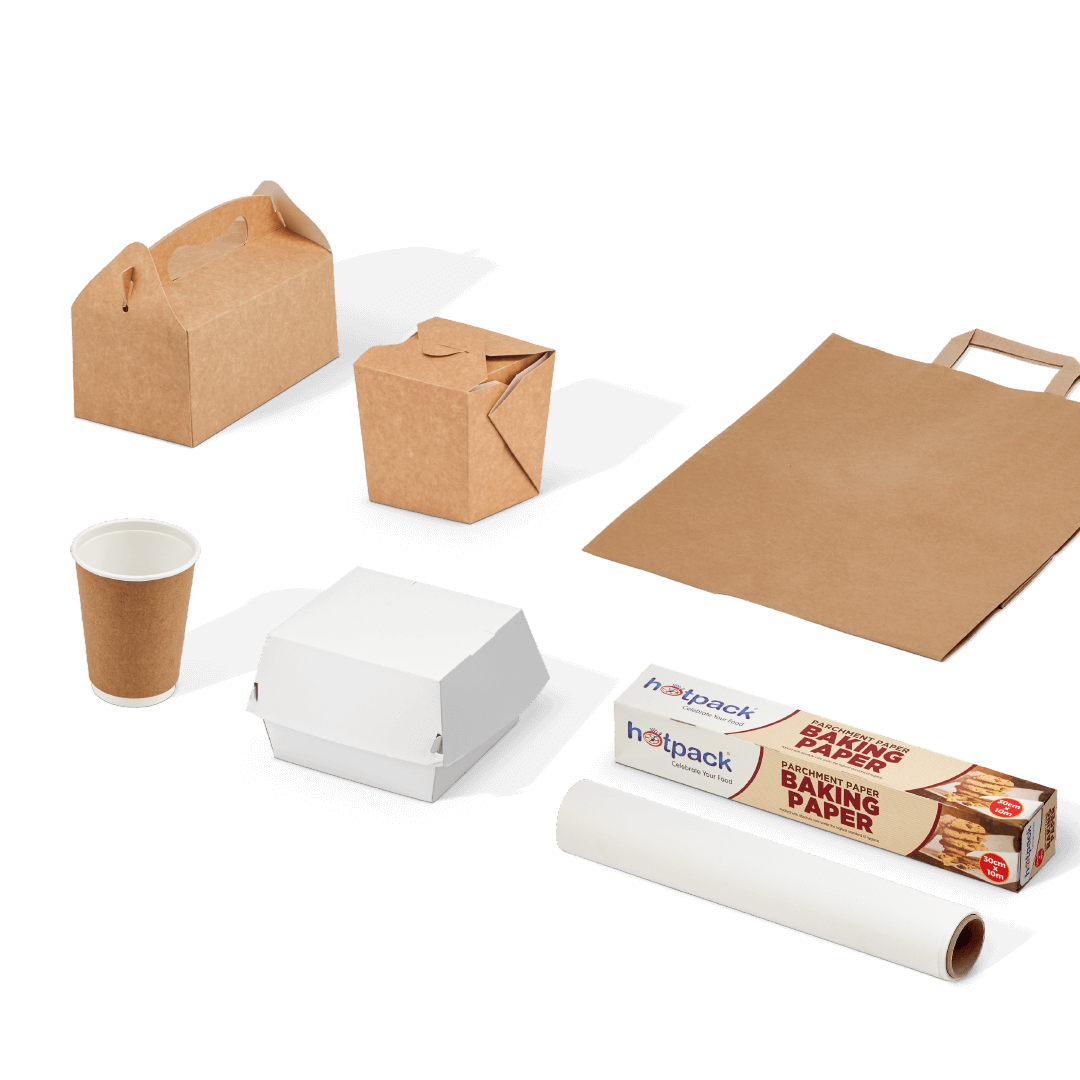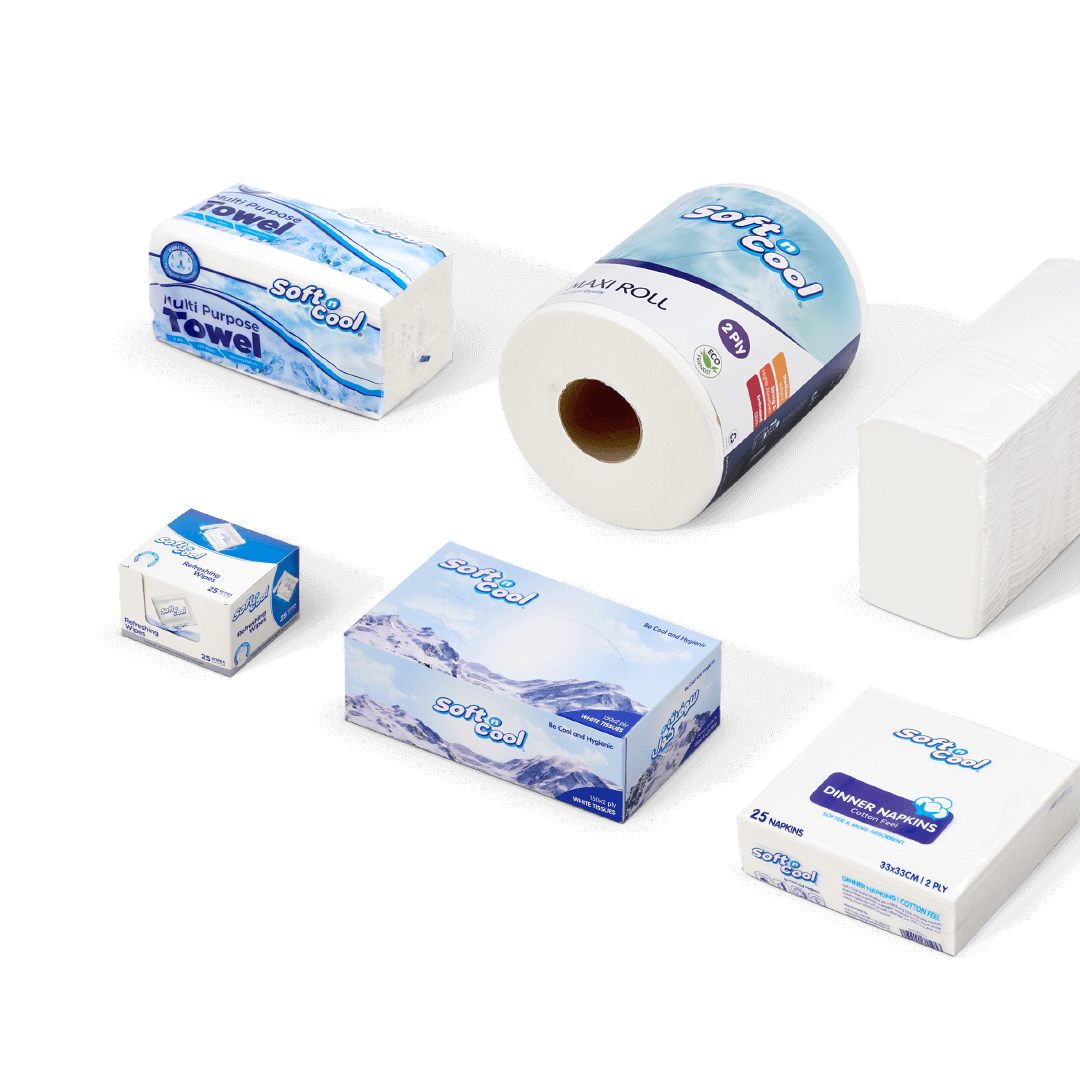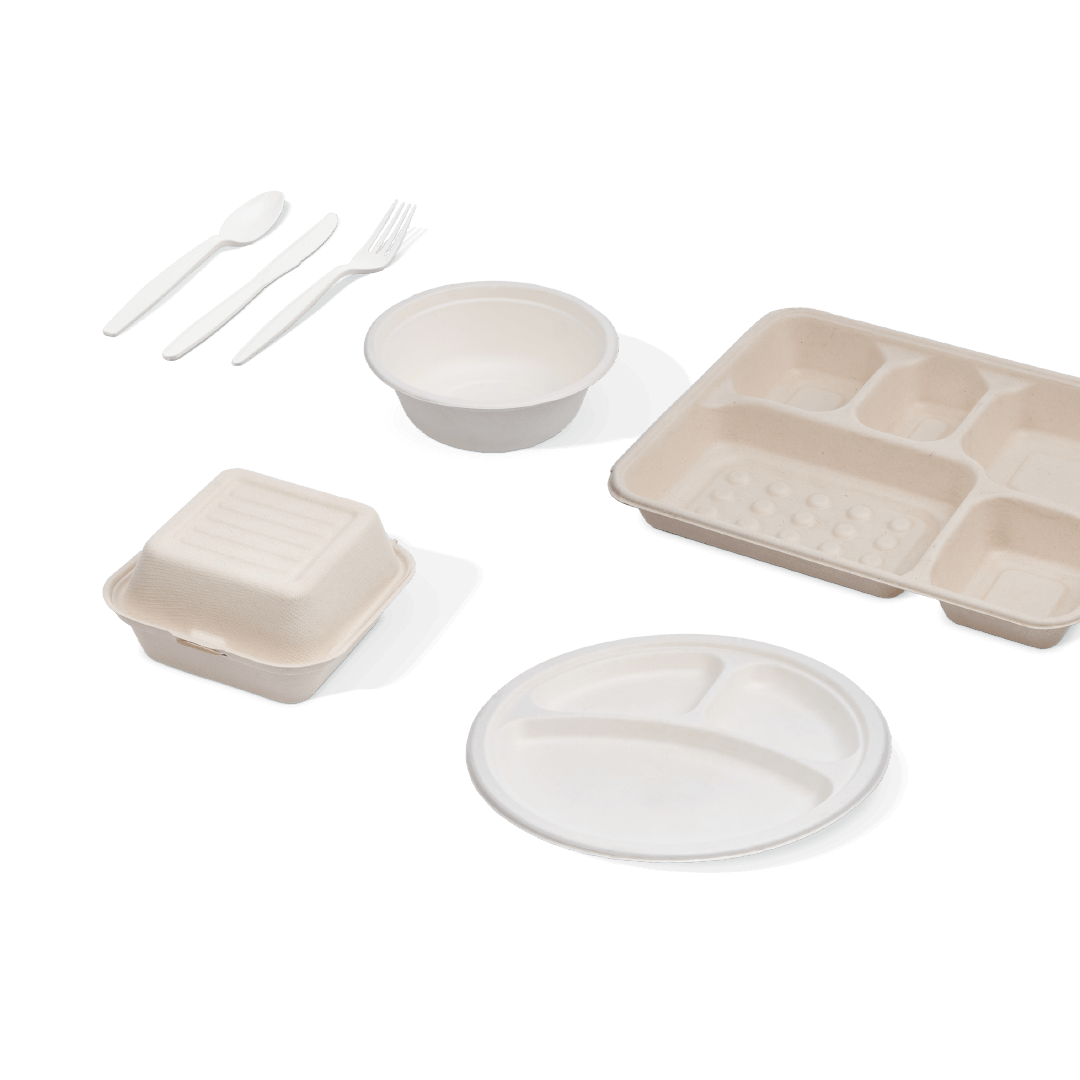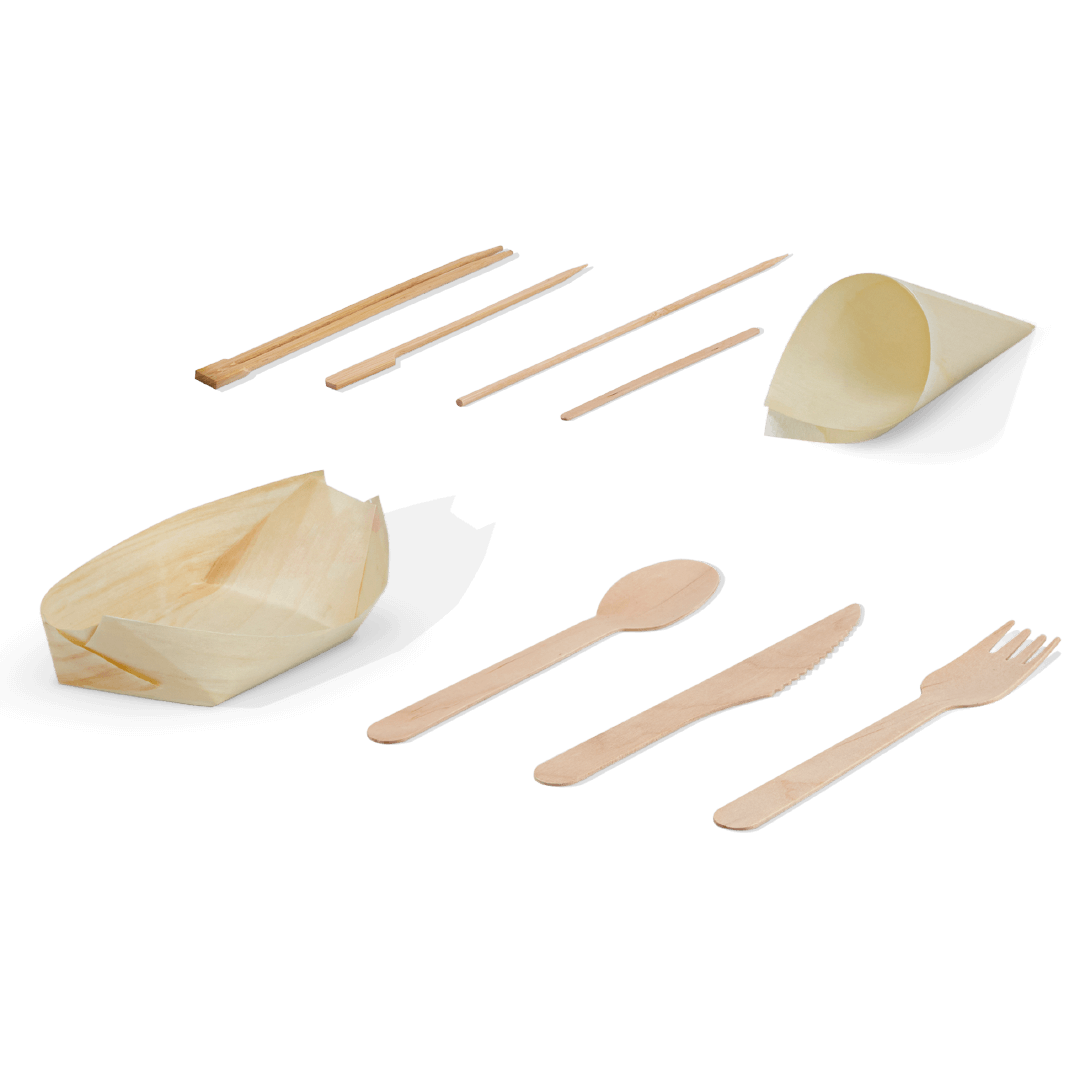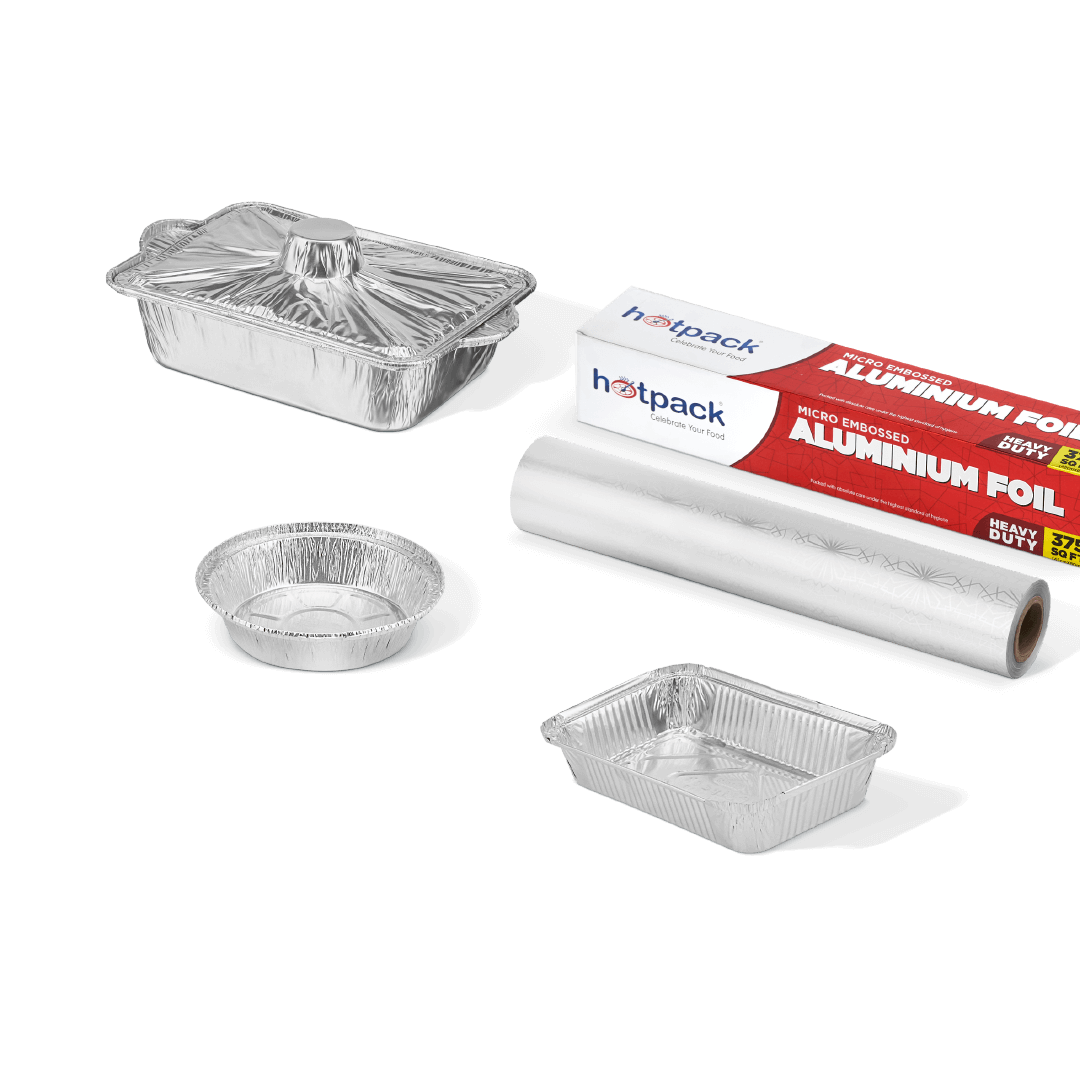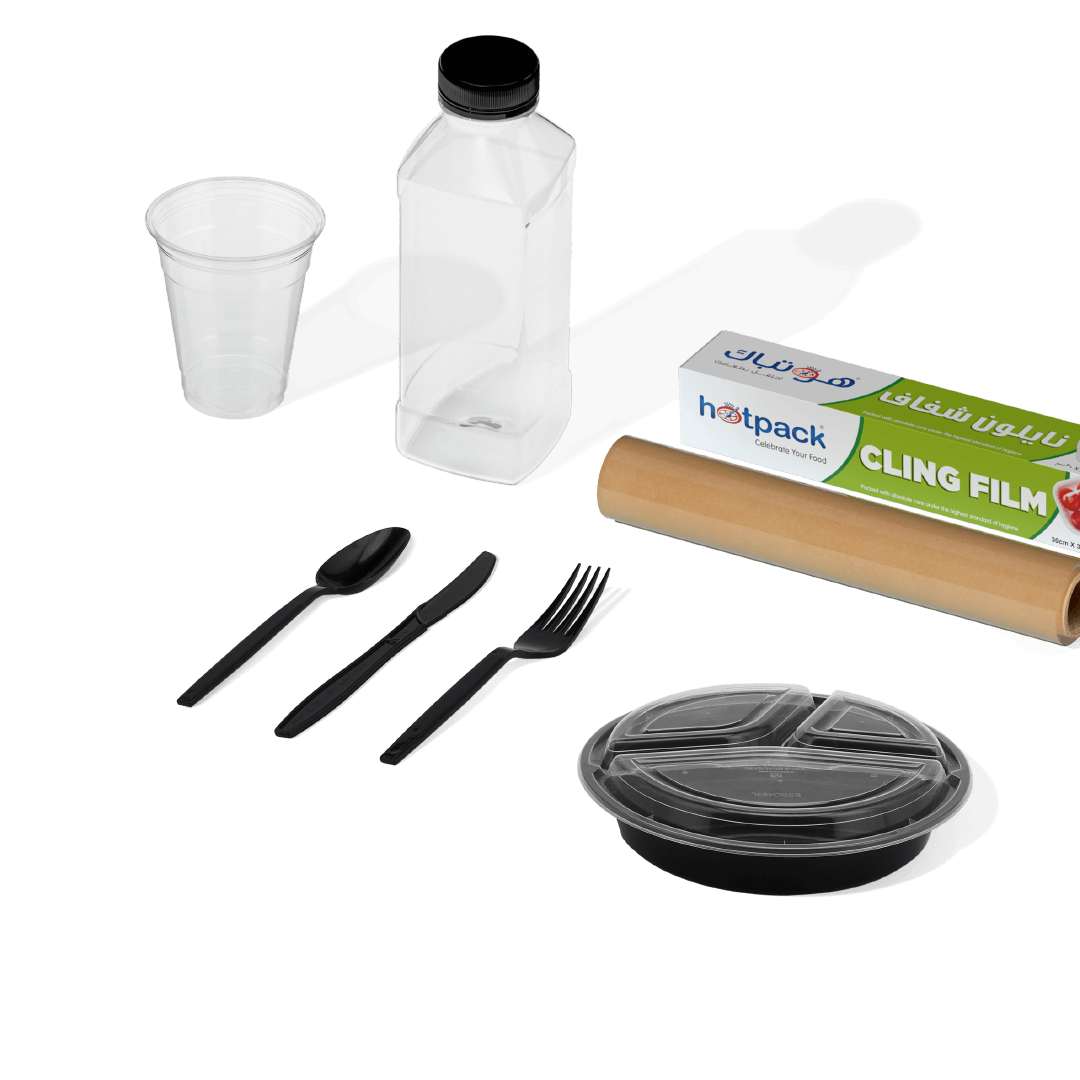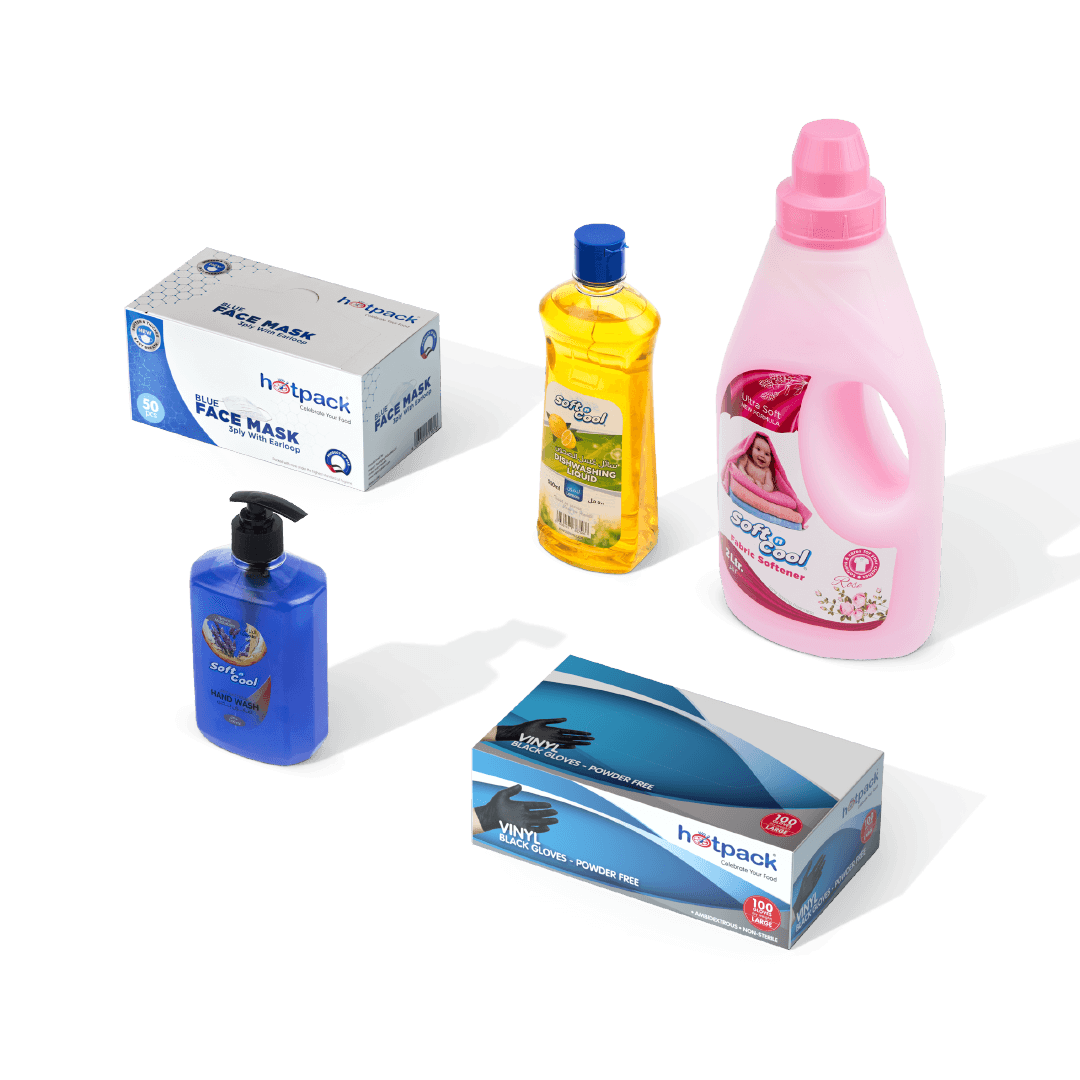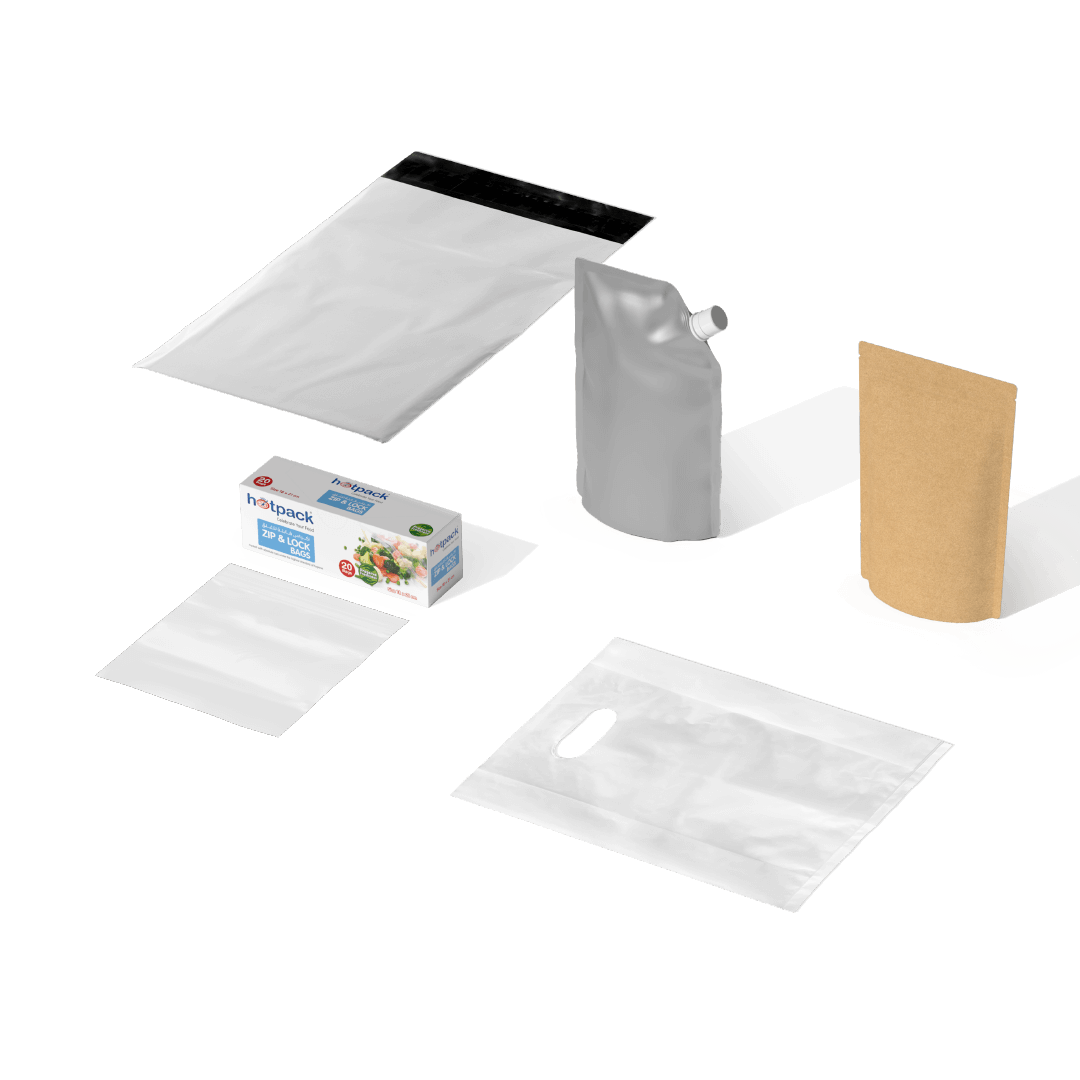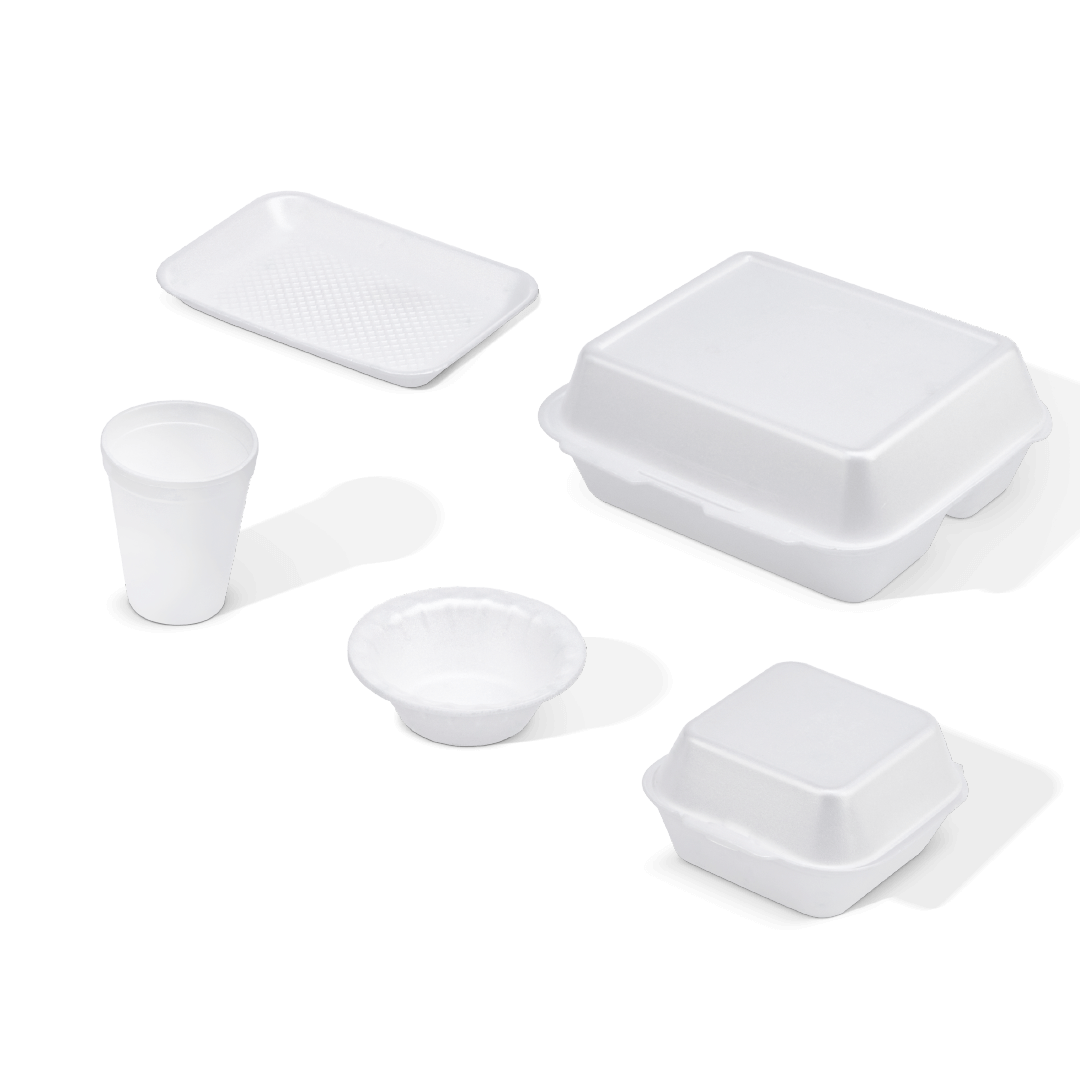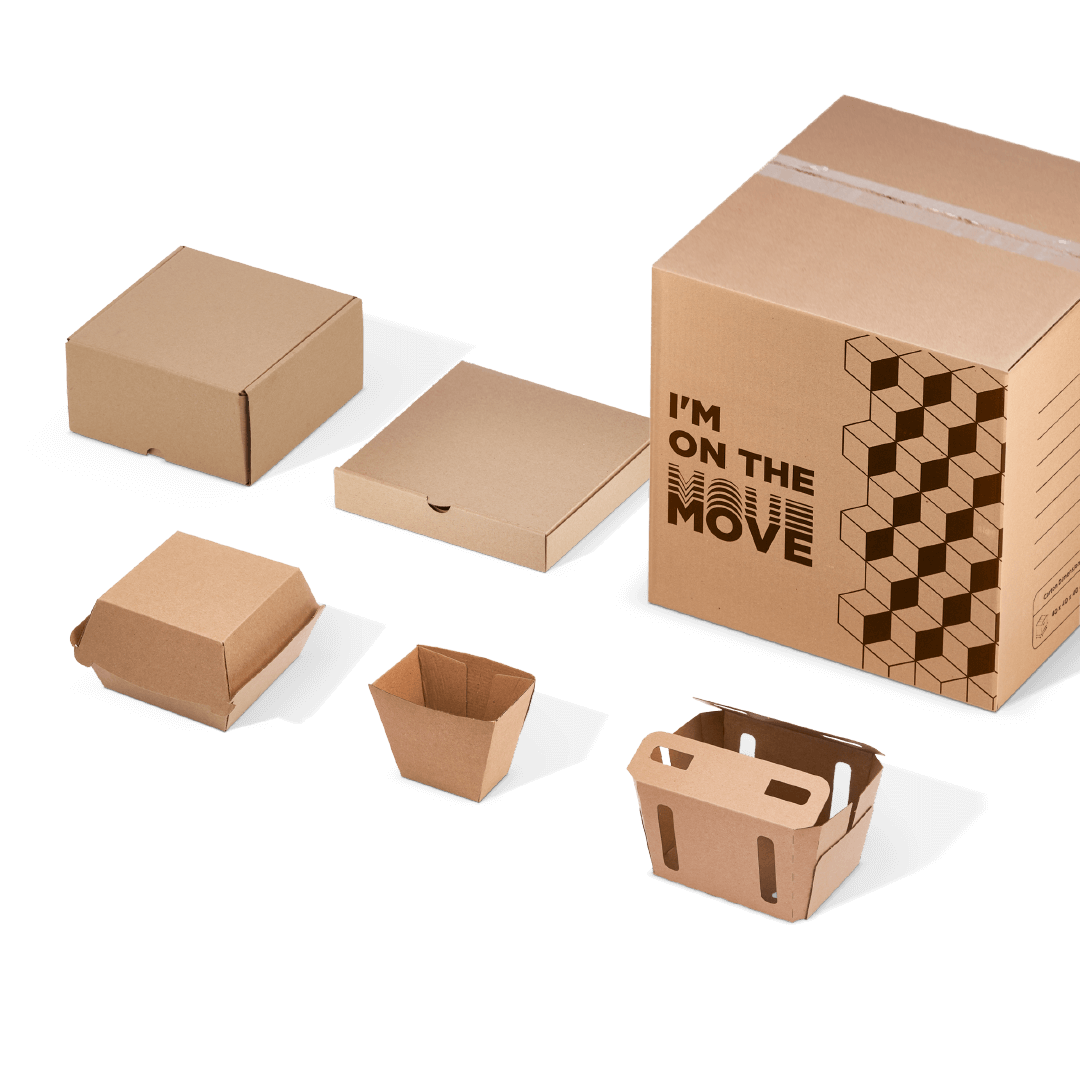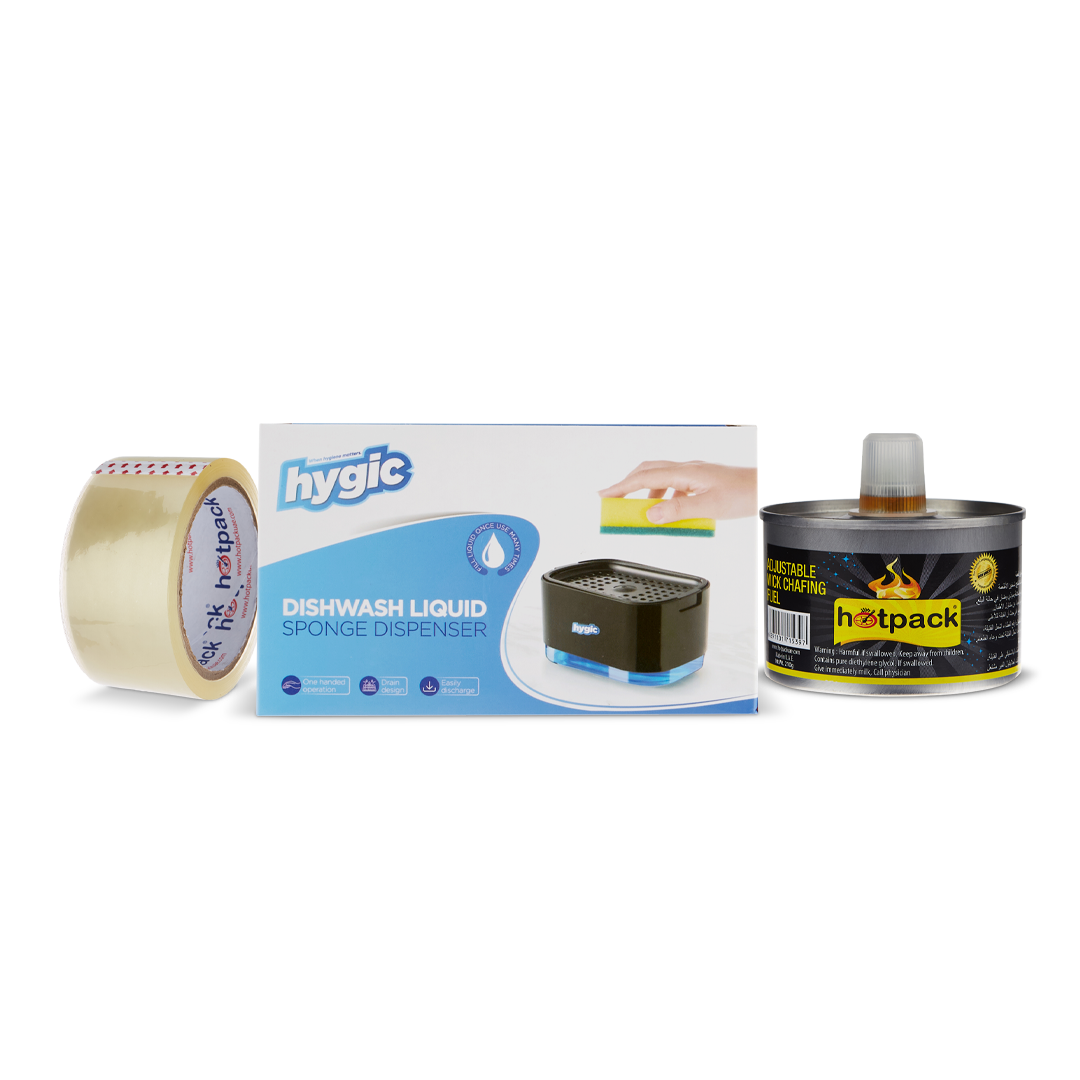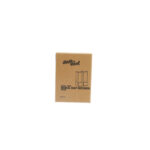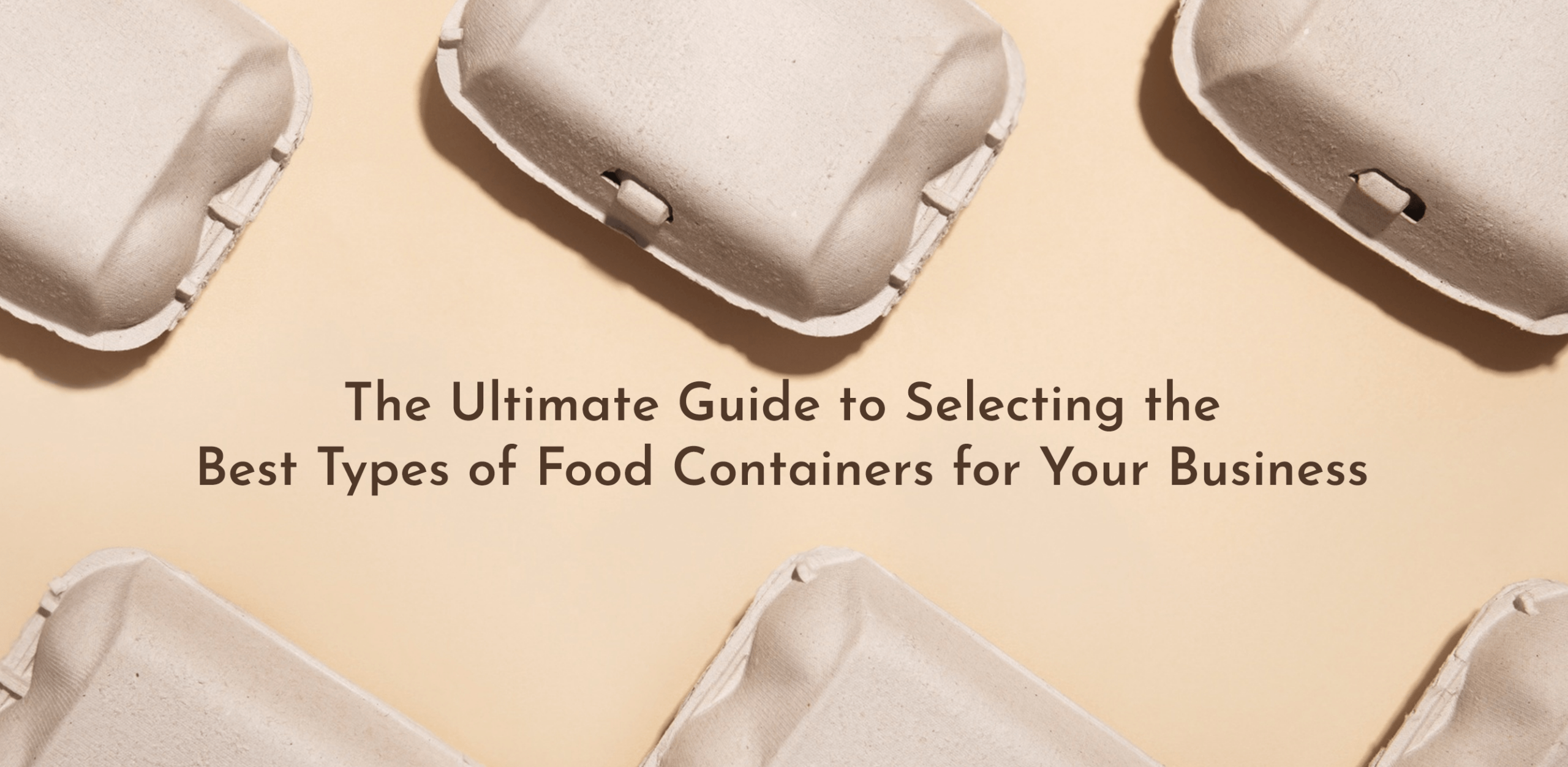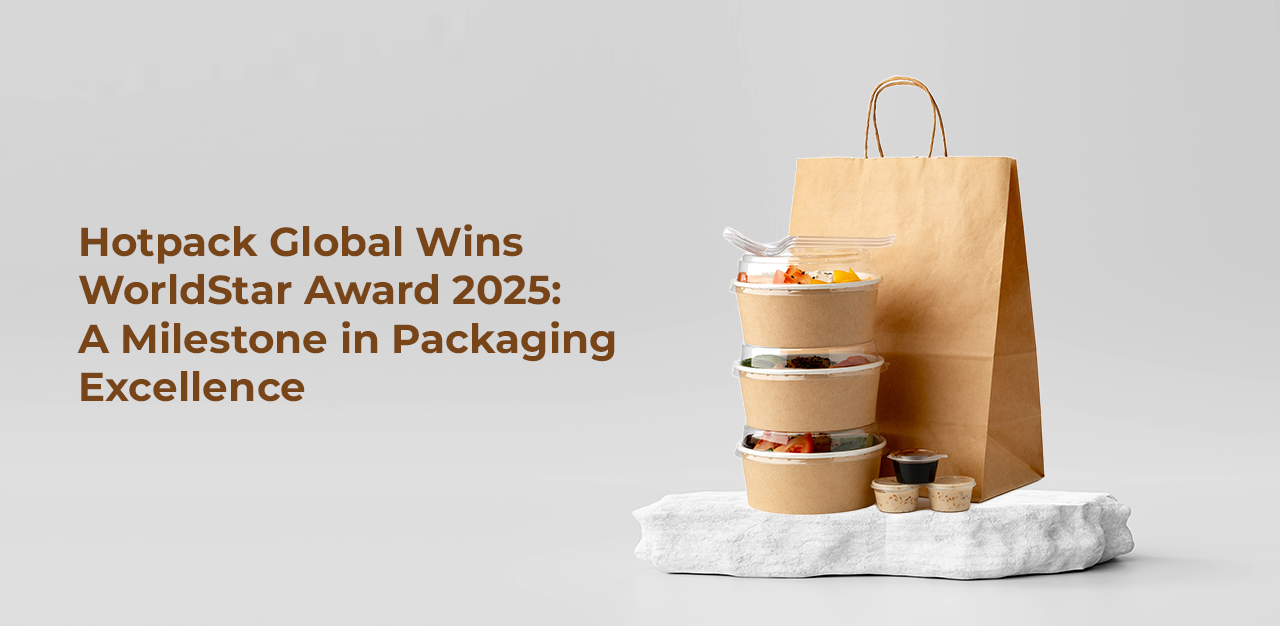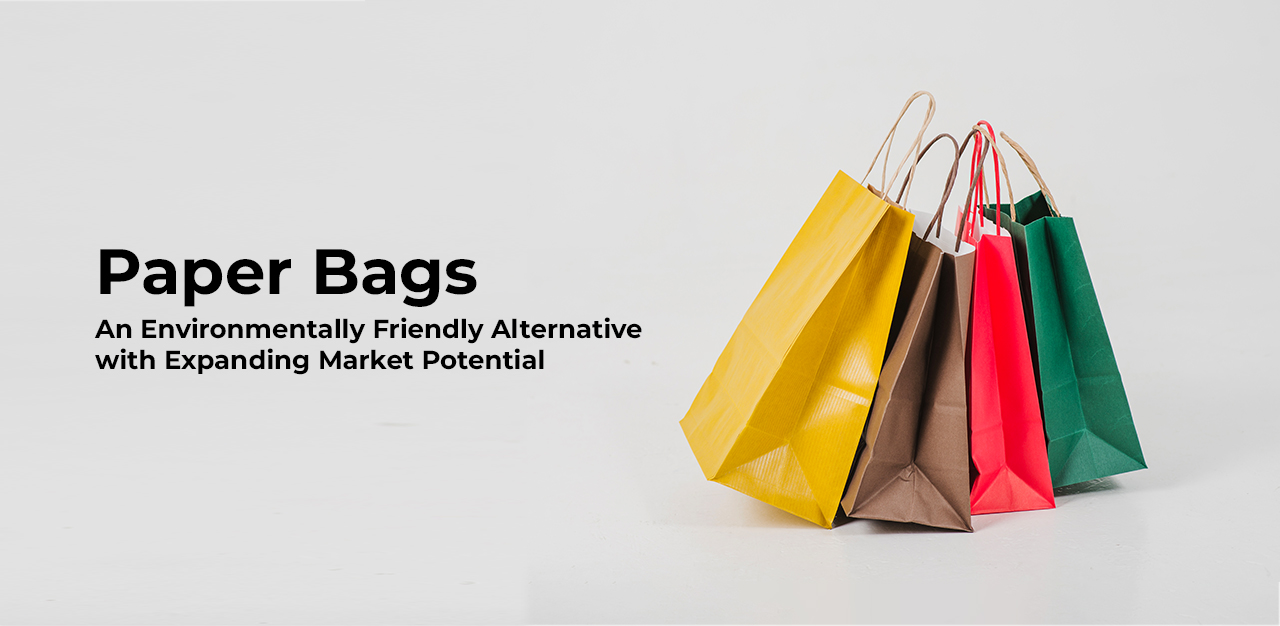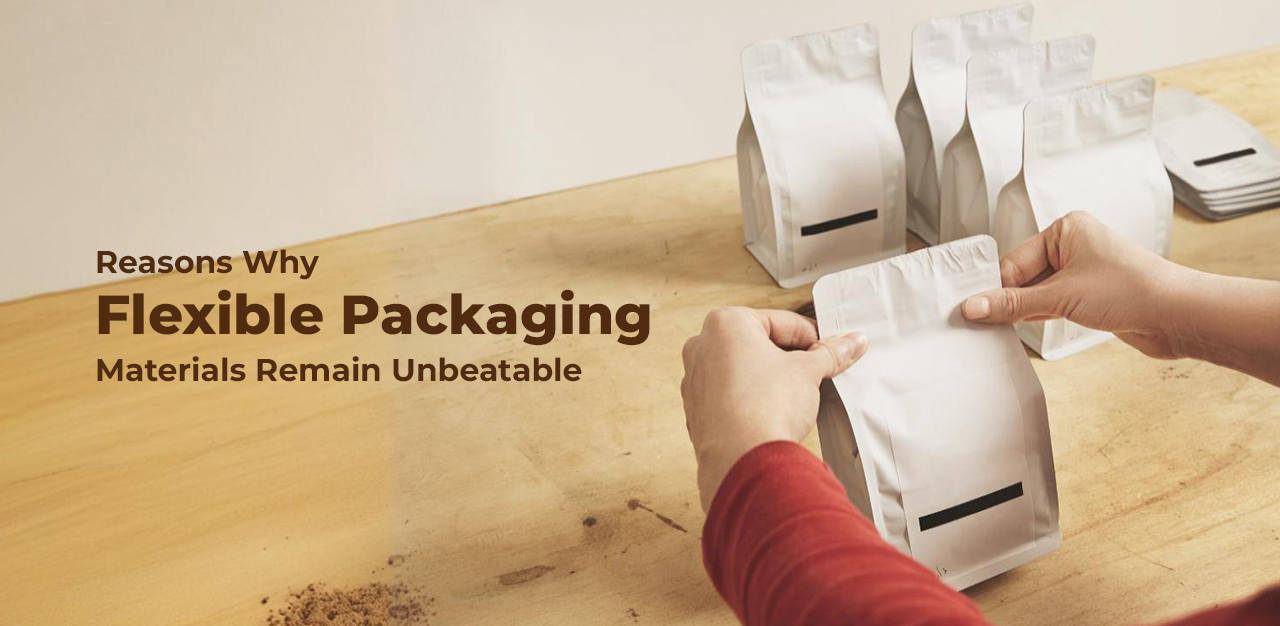Disposable food containers are now a crucial component of running a profitable company in the competitive world of food service. Food packing container is essential for keeping food secure and of high quality, in addition to offering convenience for clients often on the go. The best disposable food containers can be challenging to choose due to the abundance of options on the market. This comprehensive guide seeks to streamline the procedure and assist you in making wise business decisions.
Factors to Consider When Selecting Disposable Food Containers
Before going into the various disposable food container options, it’s crucial to consider a couple of crucial variables that will affect your choice. You want to first consider the type of food you’ll be eating. What temperature are they? Dry or greasy? Robust or brittle? Your understanding of those factors will influence your decision about the material and style of your containers. Additionally, buying food packaging containers wholesale may be a practical and economical choice if you own a food business or require containers in large quantities.
The sustainability of the environment is another essential factor to be under consideration. Making an eco-friendly choice for your company is often a responsible move in light of the increasing environmental concerns. You ought to also consider the branding and style of your containers. Does one want them to convey the distinct essence of your company and leave a long-lasting impression on your clients?
Types of Disposable Food Containers
Plastic Containers:
The most popular kind of disposable food containers in the market may be plastic containers. They provide value for money, adaptability, and durability. Plastic containers are available in a wide range of sizes and forms, making them suitable for various food products. They can be stored and transported effectively due to their lightweight and simplicity in stacking.
Nevertheless, it’s crucial to remember that not all plastic packaging is made equal. Others are not, while some are manufactured from recyclable materials. To ensure plastic containers fulfil health and safety requirements, check for ones marked “BPA-free” or “food-safe”. If sustainability is essential to your company, you should also consider plastic waste’s effects on the environment and look into other choices.
Aluminium Packaging:
Because they offer exceptional thermal insulation, aluminium packaging containers are extensively utilized. These containers, often called aluminium containers, are particularly effective for maintaining the ideal temperature of various foods, whether served hot or chilled. Aluminium packaging has become a preferred option for takeout and food delivery services due to its lightweight nature, stackability, and remarkable leak resistance.
Paper Containers:
Paper containers offer a flexible and environmentally responsible choice for disposable food packaging. These containers are constructed using eco-friendly materials. It can be easily recycled or composted. You can place a range of cold and hot food items in these paper containers. They come in different sizes and shapes. Some even have a special coating to make them resistant to grease for added durability.
Biodegradable Containers:
Because of their effects on the environment, there has been an increase in the popularity of biodegradable containers. These containers are made from bioplastics or plant fibres. Gradually decompose without causing any damage to the environment. They are versatile enough to hold types of food and function, like non-biodegradable containers.
Pros and Cons of Different Types of Disposable Food Containers
The benefits and drawbacks of each kind of disposable food container are unique. By knowing these benefits and drawbacks, you may make an informed choice based on your unique needs and priorities.
As was already established, plastic containers are affordable, versatile, and durable. They are the best for adequate storage and transportation because they are lightweight and simple to stack. However, the environmental impact of plastic containers is a significant concern as they contribute to plastic trash.
Food items kept hot or cold will keep the optimum temperatures thanks to the superior insulation capabilities of aluminium containers. They offer great leak protection while being lightweight. Since aluminium is infinitely recycled, aluminium containers are environment friendly.
A sustainable solution derived from renewable resources is paper packaging. They are an environmentally friendly option because they are simple to recycle or compost. In contrast to aluminium or plastic, paper containers offer less effective insulation.
The best of both worlds is available with biodegradable containers: functionality and sustainability. They are constructed of natural materials and decompose gradually without endangering the environment. Some biodegradable containers, though, could need particular circumstances to decompose.
Choosing the Right Size and Shape of Disposable Food Containers
For both practicality and presentation, choosing the proper size and shape of disposable food containers is essential. Start by considering the quantity and sizes of your food items and pick containers that offer enough room without being too big. Striking a balance between portion management and client pleasure is crucial.
Consider how your food items will fit into the containers as well as their shape. Compartmentalised containers may be needed for some cuisines to keep the various ingredients distinct. Others might need deeper containers to stop spills from happening while being transported. Choose containers that improve your foods’ visual attractiveness while keeping your food’s presentation in mind.
Understanding Different Lid Options for Disposable Food Containers
For disposable food containers to be convenient and safe, lids are essential. They facilitate easy stacking during storage and transportation, ensure temperature retention, and prevent leaking. It will be easier for you to select the most appropriate lids for your company if you are aware of the various possibilities accessible.
For containers made of plastic and aluminium, snap-on lids are a common option. They fit snugly and are simple to take off, making it simple to access the food. Food items that must be consumed quickly or necessitate frequent opening and closing are best suited for snap-on lids.
Conclusion
In conclusion, carefully considering several aspects is required when choosing the best sustainable food packaging materials for your company. Your decision-making will be influenced by your understanding of the food items’ nature, environmental sustainability, branding, and aesthetics. Although plastic containers are versatile and inexpensive, they also raise environmental issues. Aluminium containers are not biodegradable, yet they have excellent insulating qualities. While biodegradable containers offer utility and environmental friendliness, paper containers are more sustainable.
To Explore the Different types of Food Packaging materials: Click Here

